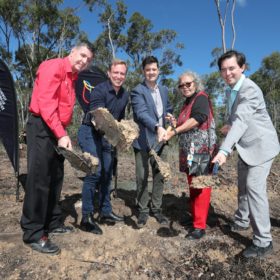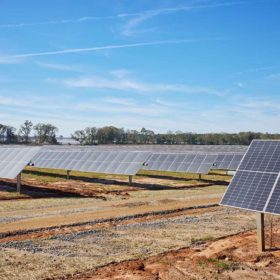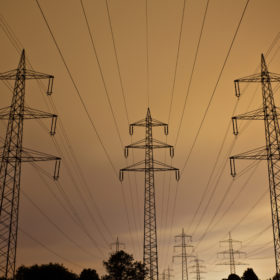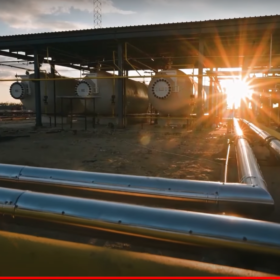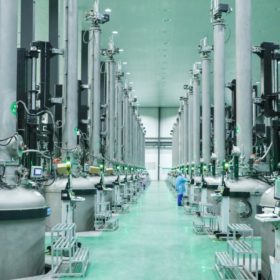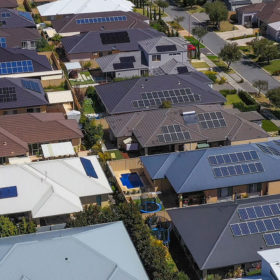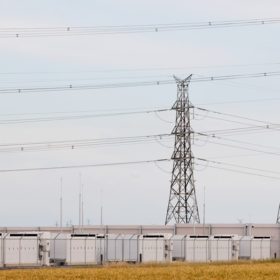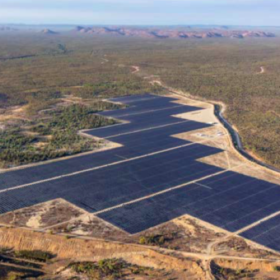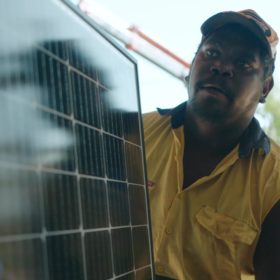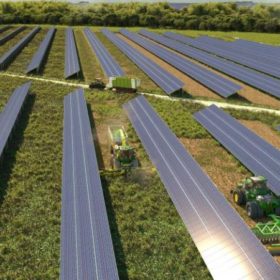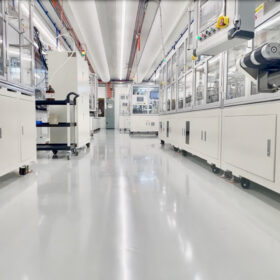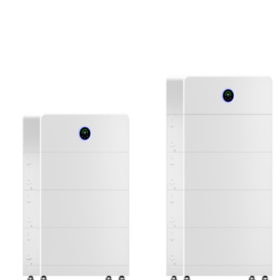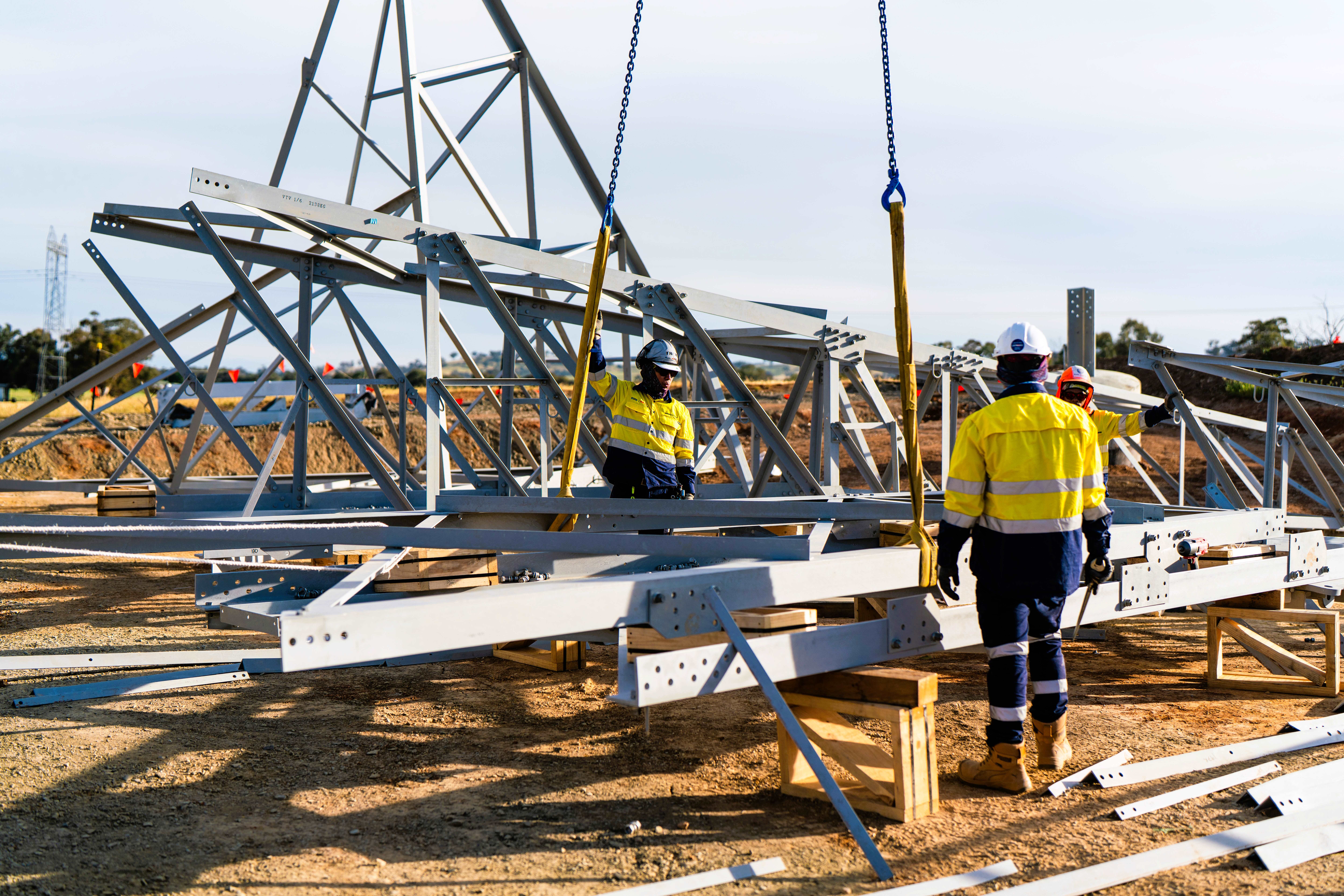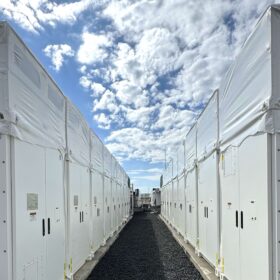ESI begins work on ‘Australian first’ flow battery manufacturing facility
Construction has commenced on Australia’s first large-scale iron-flow battery manufacturing facility in Central Queensland, one of a series of projects the developer says has the potential to deliver 20% of the nation’s renewable energy storage needs.
Squadron begins work on $3 billion Queensland wind and solar hub
Australian resources company Squadron Energy has commenced construction on a 1.2 GW hybrid wind, solar and battery energy storage project in Central Queensland that is expected to deliver crucial capacity into the grid as Australia transitions to a renewable energy future.
Renewables investors call for urgent reform of regulatory processes
A coalition of renewable energy investors is calling for urgent reform of the National Electricity Market to help restore confidence among developers of large-scale wind and solar projects grappling with grid congestion and curtailment issues in Australia.
1.5 GW green hydrogen project in India from Acme
Indian developer Acme will set up a green hydrogen and ammonia project in Tamil Nadu with 1.5 GW of electrolysis capacity and 1.1 million tons of ammonia synthesis, powered by a 5 GW solar plant.
JinkoSolar commissions 20 GW n-type ingot fab
In other news, DAH Solar announced a 5 GW TOPCon solar module factory in Anhui province and Tongwei further raised the prices of its solar cells.
‘We won’t sell solar in the South West’: changes in WA force installers into impossible position
Solar installers operating in Western Australia’s South West claim recent changes made by the sole network operator, Western Power, are forcing them into a no-win situation of either operating ‘unethically’ or haemorrhaging customers. And for regional customers, the changes mean installing a renewable system will likely see their household unable run basic household appliances without constantly tripping the power.
‘Missing piece of the puzzle’: 3 GW of battery projects make it to ARENA’s grid forming shortlist
ARENA today announced 12 projects with a combined capacity of 3 GW are on the shortlist for its $100 million Large Scale Battery Storage Round which aims to support to rollout of storage fitted with grid forming capacities.
Queensland takes out 14 of the top 15 performing solar assets in June
Winter has proven no feat for the sunshine state, which is home to basically all of Australia’s best performing PV assets, senior Rystad analyst David Dixon finds.
Rooftop solar cheaper for Indigenous NT communities than ground mounted, but benefit question remains
Rooftop solar systems are cheaper then centralised ground mounted systems for remote Indigenous communities in the Northern Territory, a new report funded by ARENA and APVI has found. The report, however, did not examine the question of community benefit in its scope – something Alan Langworthy, who has long worked in energy in the NT, told pv magazine Australia is absolutely vital.
Agrivoltaics adding value to crops with low agricultural yield
A group of 35 French agricultural entrepreneurs decided to change their agricultural practices to adapt to the low quality of their groundwater and chose agrivoltaics as a way to compensate for crop yield losses.
